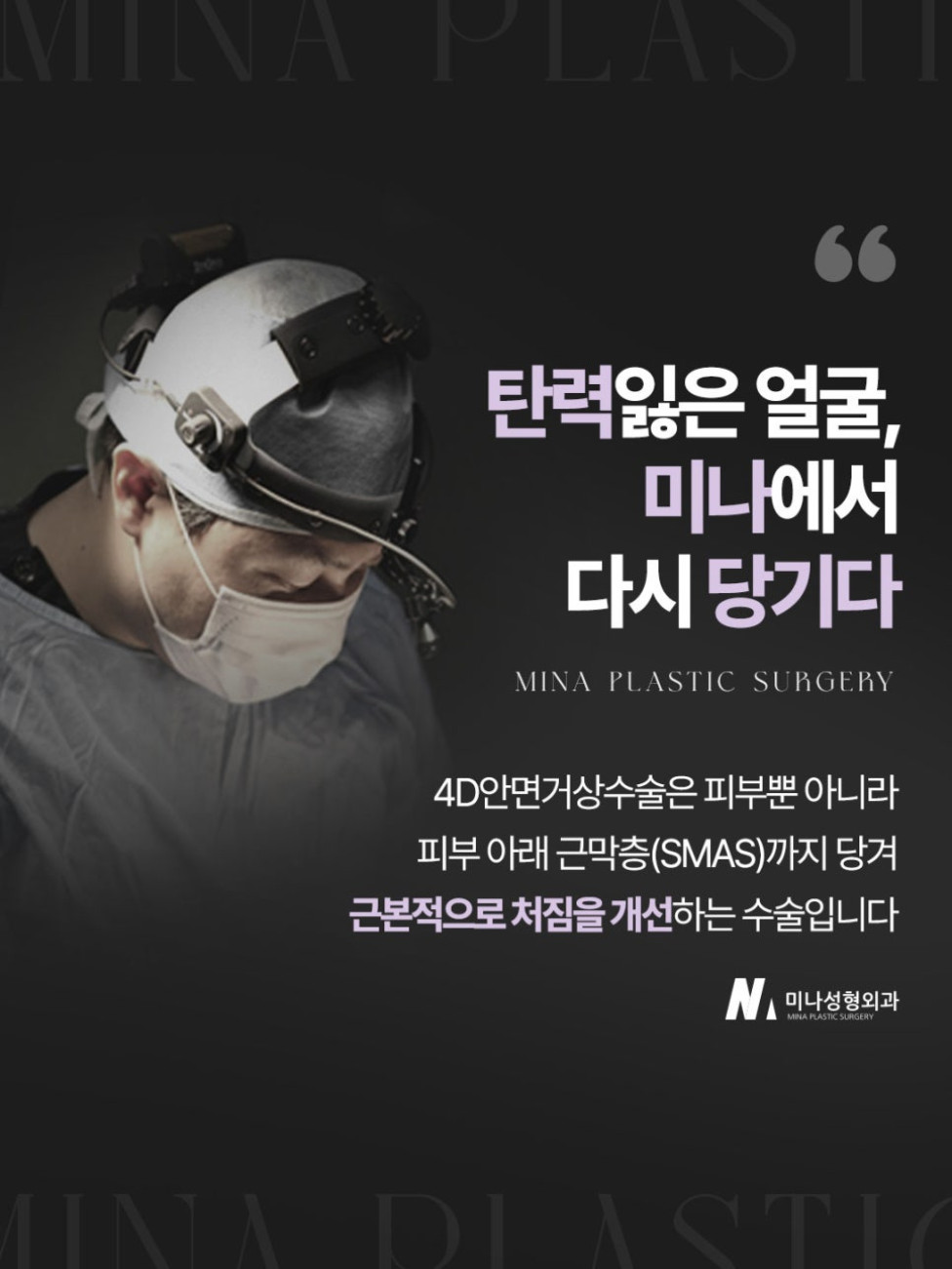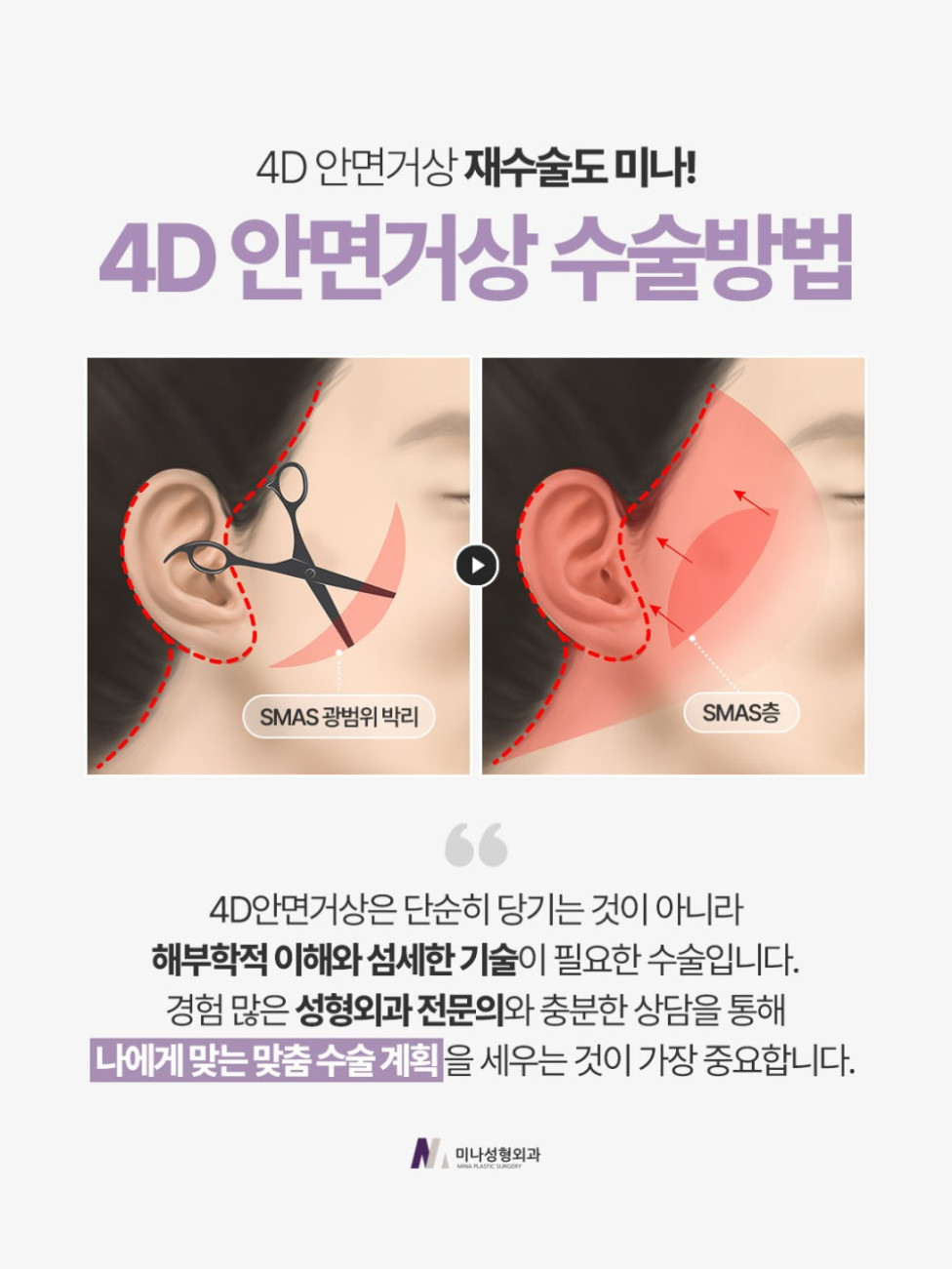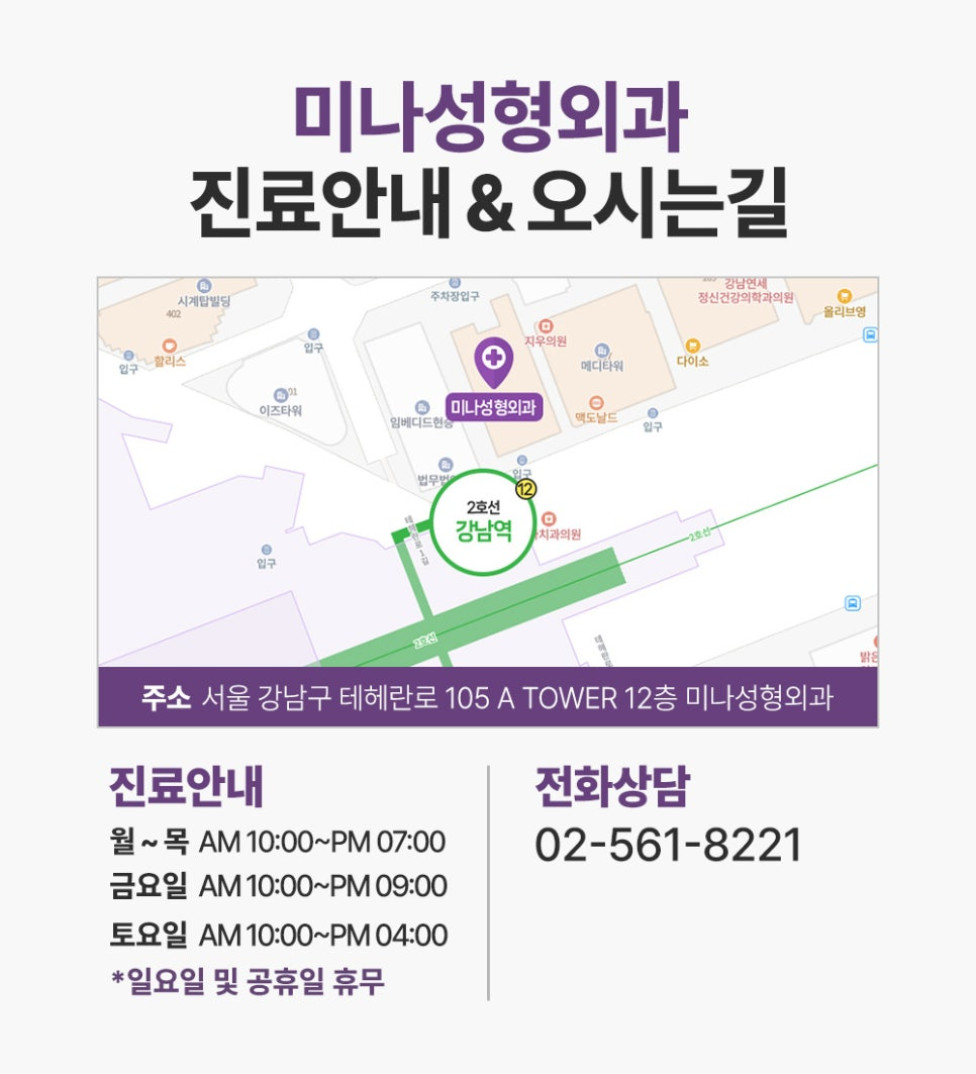Worried About Facelift Side Effects?
페이지 정보
작성자 Wassup 작성일 25-11-13 20:30 조회 17 댓글 0본문
Looking at your face in the mirror, you might suddenly notice that your jawline isn't as defined as it used to be, or that your cheeks seem to have drooped.
Many people consider a facelift at this point, but also worry about potential side effects.
The face is a sensitive area, playing a crucial role in a person's overall impression.
A facelift isn't just about the surface of the skin; it's a structural surgery that addresses the SMAS layer (superficial musculoaponeurotic system).
Immediately after surgery, temporary swelling, bruising, or numbness can occur.
However, in most cases, these changes are part of the natural recovery process and subside over time.
This article aims to alleviate some of these concerns by explaining what changes to expect after a facelift and how to ensure a comfortable recovery.
A Structural Approach for Stable Recovery
Facelifts don't simply pull the skin taut. Instead, they lift and fix the SMAS layer back to its original position.
This process corrects the underlying cause of sagging, rather than just altering the appearance.
By directly securing the SMAS layer, the skin isn't overly stretched, allowing for natural facial expressions.
The surgery is performed with careful attention to the location of nerve lines and blood vessels, minimizing unnecessary irritation.
This structural approach contributes to a more stable recovery.
Incisions are made along the ear line or within wrinkles, making them barely visible from the outside, and scars fade over time.
Ultimately, minimizing facelift side effects hinges on meticulous surgery based on anatomical understanding.
A Plan That Varies Depending on Facial Structure
The same method isn't applied to everyone.
The procedure is tailored to each patient, considering skin thickness, elasticity, fat distribution, muscle movement, and face shape.
Therefore, a thorough consultation is crucial to assess these factors.
The approach differs depending on whether the primary concern is sagging cheeks, a weakened jawline, or loss of skin elasticity.
Developing a surgical plan based on this assessment minimizes unnecessary irritation and promotes a stable recovery.
In short, precisely considering an individual's condition is key to reducing facelift side effects and increasing satisfaction with the results.
Temporary Changes During the Recovery Period
Swelling and bruising are common in the initial stages after a facelift.
You might also experience slight skin tightness or feel that your facial expressions are awkward.
This is due to temporary swelling caused by separating and fixing the skin and SMAS layer.
However, facial expressions gradually return to normal as recovery progresses.
Wearing a compression band and getting plenty of rest can be helpful during this time.
In most cases, these symptoms gradually subside after 2-3 weeks, and the facial contours slowly become more defined.
Some people experience numbness, which is a temporary reaction caused by the recovery of tissues around the nerves.
Sensitivity usually returns and discomfort gradually disappears within a few weeks.
In other words, these symptoms are natural changes that occur during the body's recovery process, rather than facelift side effects.
Recovery isn't just a waiting game; it's an integral part of achieving the final result, and understanding this can greatly reduce anxiety.
This process itself is a time of creating a new you.
And by checking your gradually changing face in the mirror, you can directly feel the speed at which recovery is progressing.
A Mindset That Eases Anxiety
It's perfectly natural to feel anxious before surgery.
It's an unfamiliar process.
However, the most effective way to reduce such worries is through thorough consultation and clear information.
Knowing the principles of the surgery, the recovery process, and the temporary changes that may occur can make you feel much more at ease.
And other people's experiences don't necessarily have to be the same as yours.
Skin reaction, recovery speed, and degree of elasticity vary from person to person.
And proceeding with sufficient dialogue with the medical staff greatly reduces unexpected anxiety.
The important thing is not to dwell on anxiety, but to trust the process of your face recovering.
That belief also has a positive impact on the results.
A facelift isn't a surgery to change the appearance of the face, but a process of returning the sagging structure to its original position.
Swelling, bruising, or numbness may occur immediately after surgery, but most of them disappear over time.
And the more structural the lifting that delicately handles the SMAS layer, the more naturally it recovers, and the longer the results last.
Above all, it was more important than anything else to have enough consultation before the surgery and to set a direction that suits your face condition.
If you don't worry too much and slowly watch the flow of recovery, your face in the mirror will gradually become softer and clearer over time.
I hope the story I told you today has been of some help to those who are worried about facelift side effects.
















Source :https://blog.naver.com/klkl2580/224058800899
- 이전글 Indian Fold Surgery: Correcting the Underlying Structure
- 다음글 Understanding Facelift Surgery at Gangnam Station Plastic Surgery
댓글목록 0
등록된 댓글이 없습니다.
